Utilizing Innovative Technologies
The Thruway Authority advances new technologies to enhance the safety for its customers, including the development and implementation of recess triple drop striping, Unmanned Aerial Systems, Weigh-in-Motion sites and "Wrong Way" deterrent signs.
Recess Triple Drop Striping
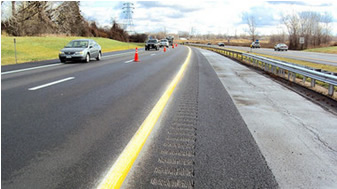
The Thruway Authority has obtained a patent pending on one of the safest pavement striping programs techniques available worldwide. The new pavement marking system, invented by an Authority engineer and known as "Recess Triple Drop," is more visible in all lighting and weather conditions, making the highway safer throughout the year. This technique also provides pavement striping which is much more durable than traditional methods.
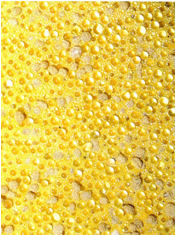
Recess Triple Drop uses colored ceramic elements, mixed with various sized glass beads and applied onto a recessed epoxy base, providing high reflectivity. By installing the ceramic elements and glass beads into a one tenth inch deep groove, the stripe is protected from plow damage in the winter months. The glass beads supply superior night time reflectivity, more than twice as bright as standard highway striping. The ceramic element provides wet and fog reflectivity, sustaining the stripe's visibility during all types of weather conditions.
The Thruway is the first super highway in the country using this new technology and including this striping system in all highway striping, resurfacing and rehabilitation contracts. By the end of 2014, the Authority had installed this pavement system on more than half of the Thruway.
View Syracuse's News Channel 9 Video about this process. (wmv, 22.4 MB)
Unmanned Aerial Systems (UAS) Drone program
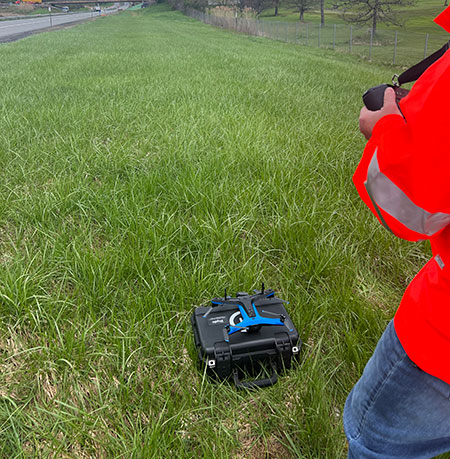
Continuing technological advancements are substantively evolving the capabilities of Unmanned Aerial Systems (UAS) for infrastructure uses. The Thruway Authority has taken a leadership role within the transportation industry to implement these new UAS technologies for the purposes of improving the safety for its workforce and the traveling public, while also increasing workflow efficiency across a variety of use cases. From structural inspection of assets to monitoring construction projects or environmental conditions, the Thruway’s drone program is beginning to provide datasets that were considered unobtainable through traditional methods.
Outfitted with a variety of recently procured specialized aircraft, the Thruway’s UAS Program can document conditions through photos and video, collect survey datasets such as terrain data for 3D modeling and mapping, or create three dimensional ortho-mosaic imagery. Each flight is conducted by professionally trained and FAA licensed Thruway staff members.
In March 2023, the Authority was selected as a national USDOT SMART Grant Stage 1 award winner. The Authority’s UAS Program was chosen in a highly competitive process to receive $1.5 million of federal funding to implement drone technology as a supplemental feature of the Authority’s structural inspection program. This grant will enable the Authority to significantly modernize its inspection methods, allow structural inspection engineers to spend less time in dangerous environments, benefit the traveling public by reducing the duration of lane closures that occur when specialized under-bridge inspection vehicles are deployed, and decrease of cost to perform the structural inspection even though greater amounts of data will be collected.
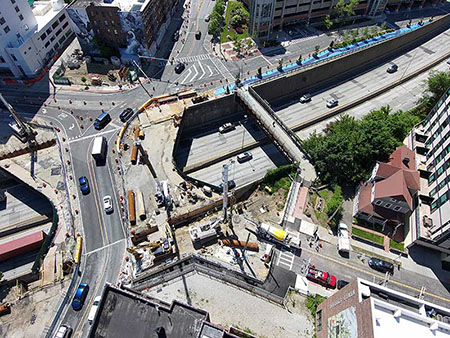
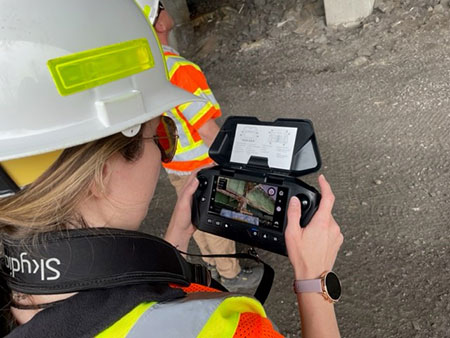
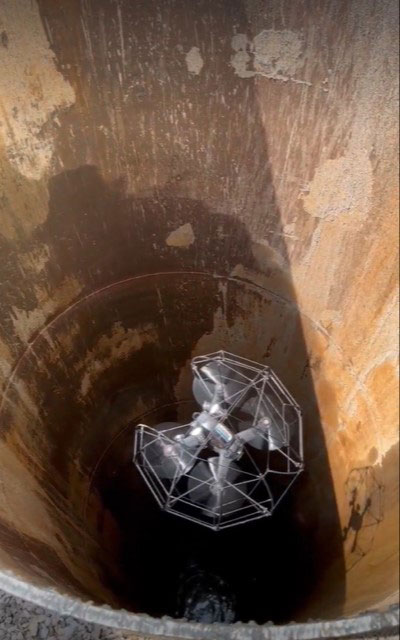
"Wrong-Way Deterrent" LED Signs
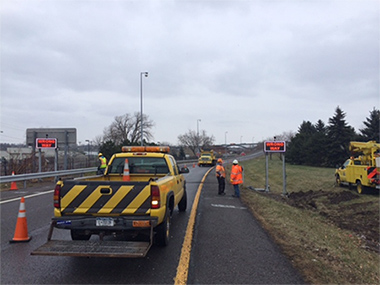
The safety of its patrons will always be the Thruway Authority's number one priority. To help prevent wrong-way drivers from entering the highway via interchange ramps, the Thruway Authority is installing innovative new Doppler-radar-enhanced LED signs, which were developed by an Authority Engineer.
The Doppler radar detects vehicles traveling the wrong way, and when identified, the sign flashes a customized set of LED messages to alert the drivers of their error. Currently, the Authority is working to connect the system with the Thruway's Statewide Operations Center to trigger automatic alerts to other drivers on the Thruway's Variable Message Signs, and dispatch law enforcement if necessary.
Manufactured by Fiberdyne Labs of Frankfort, New York and Herkimer Industries of Herkimer, New York, this technology has been installed at: Interchange 9 (I-190) in Buffalo, at Interchange 10 (I-87/I-287) in Nyack, at Interchange 21 (I-87) in Catskill, and at Interchange 34 (I-90) in Canastota. This innovative technology will be implemented at several other locations, making the Thruway the leading superhighway in the nation to utilize this technology.
Weigh-In-Motion
Weigh-in-motion or weighing in motion (WIM) devices are designed to capture and record weights of vehicles as they drive over a measurement site. Unlike static scales, WIM systems are capable of measuring vehicles traveling at driving speed and do not require vehicles to come to a stop. This makes the weighing process safer and efficient, allowing trucks under the weight limit to bypass static scales or inspection.
WIM also allows for the continuous monitoring of vehicular weights, allowing the facility owner to make more accurate predictions of pavement life expectancy. An analysis of data from Thruway WIM sites portrays a very specific picture of the extent of pavement damage caused by unpermitted overweight vehicles. On the Thruway, 10% of the commercial vehicles are overloaded and cause over 50% of the damage to the pavement. WIM technology allows the Thruway to track where unpermitted overloaded vehicles cross the roadway and assists State Police with enhancing enforcement efforts targeting this specific group. As a result, the roadway will be safer and useful life of Thruway pavements can be appropriately extended.
Our System
Capital Program
Projects Map